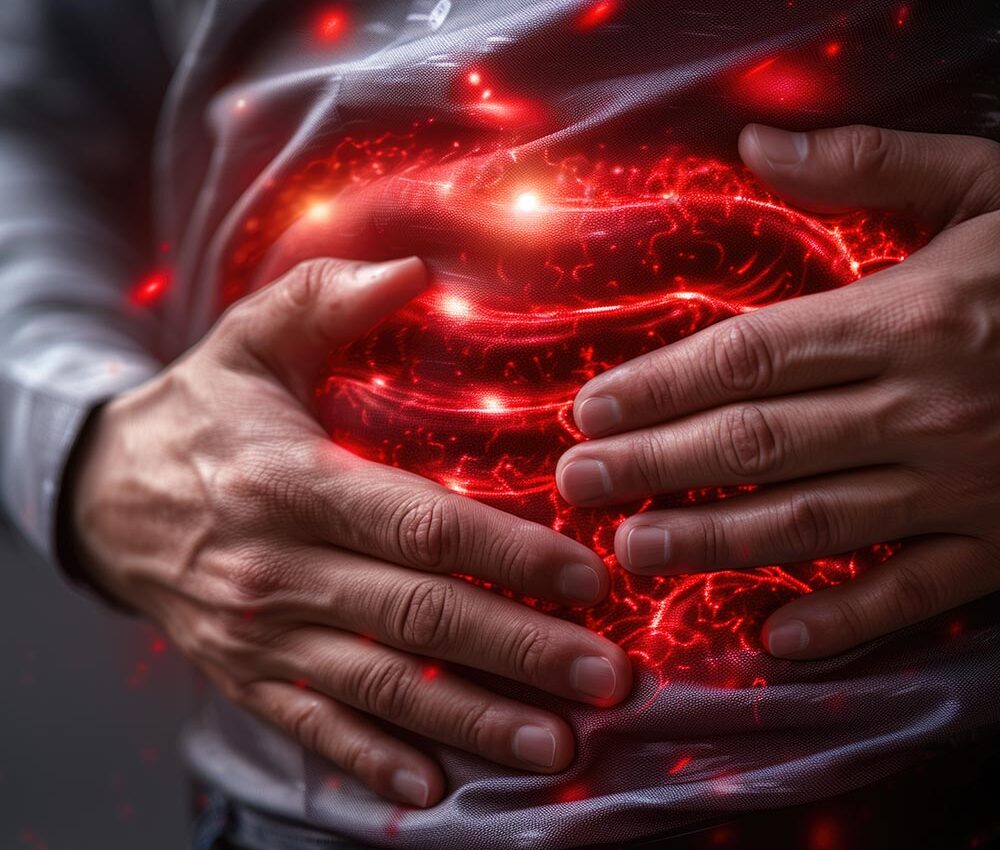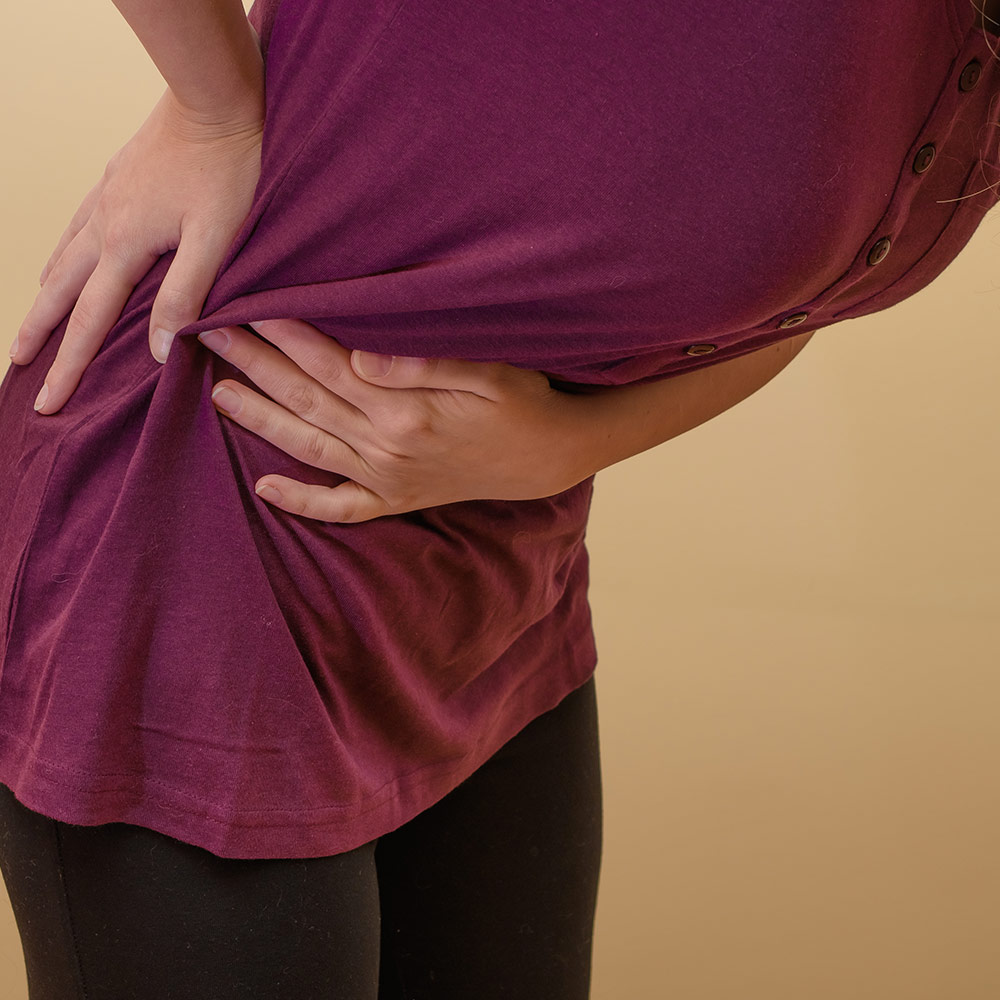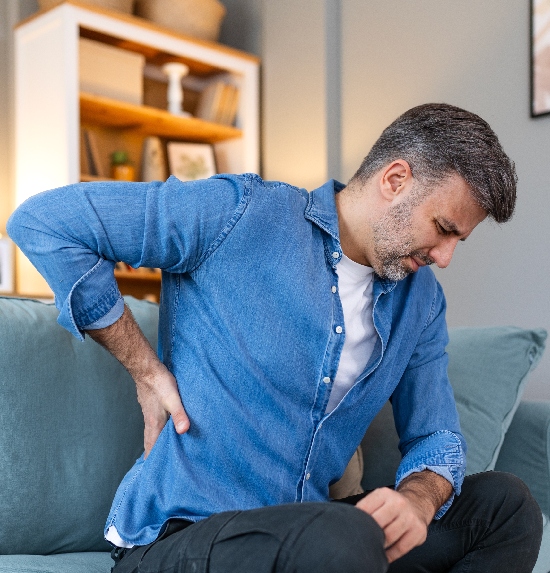
Understanding Intestinal Colic Pain
- Colic, a sharp, cramping abdominal pain that increases and then decreases in intensity, is associated with many conditions affecting organs.1
- The pain is thought to result from muscles contracting near a partial or complete blockage, such as gallstones, kidney stones or a small bowel obstruction.1
- Although colic can occur in different conditions, the specific location of the pain can help identify the cause.1 For example, intestinal colic is a cramping pain in the abdomen that comes and goes, occurring when the intestines try to push through a blockage.2
- Colic in babies is often described as frequent, intense crying that lasts for more than three hours a day, at least three days a week and continues for over three weeks.3
Causes
- Scar tissue in the intestine and hernias in the groin area are the most common causes of blockage in small bowel. An intestinal blockage or obstruction can either be mechanical, causing crampy and intense pain, or paralytic, which usually doesn’t cause pain.2
- A mechanical obstruction can occur due to a blockage inside the intestine, within the wall of the intestine or from pressure outside the intestine. This type of obstruction may be mild, allowing for a delay in treatment for up to 24 hours, or severe, where the blood supply to the bowel is cut off, requiring urgent surgery.2
Causes of Colic in Babies
- The exact cause of colic in babies is not fully known, but several factors could contribute to it. These include3:
- Stomach pain or discomfort from swallowed air while nursing or crying.
- Acid reflux
- Allergy to certain foods.
- Trouble digesting milk proteins.
- Feeding too much or too little.
- An immature digestive system that hasn’t fully developed yet.


Symptoms
- Small bowel obstruction accounts for about 85% of cases of intestinal colic, with the remaining 15% attributed to large bowel obstruction.2
- Intestinal colic involves irregular, cramping stomach pain that occurs when the intestines try to push through a blockage. This pain often comes and goes in waves, building up and then easing off, as the intestines try to push through the blockage.2
- As the condition worsens and inflammation in the stomach area develops, the pain becomes more frequent and eventually constant.2
The four main signs of intestinal blockage are cramping stomach pain, vomiting, constipation and a swollen abdomen. It’s very challenging to clearly distinguish between a simple blockage and one that’s more severe (strangulation).2
Simple Blockage2
- This type of blockage causes cramping pain, but there’s no pain when coughing, which would indicate a more serious issue.
- The abdomen may feel slightly tender due to gas and fluid buildup, but the pain is generally not severe.
Strangulation (Severe Blockage)2
- This type of blockage usually starts suddenly and is more serious.
- The pain is more intense, and the condition can become critical if not treated quickly.
- There’s specific tenderness in the affected area, and the pain worsens with coughing, as the inflammation in the abdominal lining or wall triggers pain.
- Unlike the cramping pain of a simple blockage, the pain here is constant, and the abdomen is more rigid.
Symptoms of Colic in Babies
- Colic in babies can show up in different ways. Babies with colic are otherwise healthy but may have long episodes of intense, unexplained crying that can last for hours.3
- Symptoms of colic may include3:
- Clenched fists
- Pulling their legs up towards their belly
- Arching their back
- A tight or swollen belly
- Passing gas
- Facial expressions that show discomfort or a “pained” look
- Face turning bright red or darker after extended crying
- These symptoms can make it seem like the baby is in pain or very upset.3
Diagnosis
- The diagnosis of intestinal colic is usually suspected based on physical examination findings.2
- An abdominal X-ray can help pinpoint where gas is trapped and how far it extends, which aids in determining whether the blockage is in the small or large intestine.2


Management
- Acupuncture is often seen as a safe and effective non-drug treatment for various conditions that cause pain and discomfort. It has been shown to have a significant and long-lasting effect on long-term pain. Additionally, acupuncture may help manage acute pain and is considered safer than many other treatments.4
- Small bowel obstruction often gets better on its own with non-surgical treatment, but in some cases, it doesn’t respond to medical therapy or leads to complications like strangulation or a hole in the bowel, depending on the cause.5
- Non-surgical treatment can be successful in up to 90% of patients who don’t show signs of a severe abdominal infection. However, if the blockage doesn’t improve within 3-5 days, even if the patient isn’t getting worse, surgery might be needed.5
- The management of large bowel obstruction depends on how the obstruction presents. For chronic cases, patients may need to be admitted for further investigations and possible surgery. If symptoms worsen suddenly, emergency medical intervention is needed to prevent serious complications.2
Ways to Help Calm a Baby with Colic3
- If you are breastfeeding, keep an eye on what you eat and drink. Everything you consume can be passed on to your baby and might affect them. You may need to cut out certain foods such as dairy, caffeine, chocolate, nuts, onions, cabbage, or other items that could upset your baby’s stomach.
- Some babies can react to certain proteins found in formula. It’s a good idea to speak to your baby’s doctor about switching to a different type of formula that might be easier for them to digest.
- Hold your baby close for skin-to-skin contact.
- Rock them gently, either while sitting in a chair or in your arms as you sway from side to side.
- Gently stroke their head or softly pat their back or chest.
- Burp them to help release trapped gas.
- Give them a warm bath, which many babies find soothing.

Track Your Pain Intensity
Understanding your pain is the first step toward effective management. Our Pain Assessment Test Tool is a simple, quick, and interactive way to assess the severity and frequency of your pain. This self-assessment is designed to help you better communicate with your healthcare provider, enabling personalized and timely treatment.
If you’re experiencing chronic discomfort, our tool provides a clear, easy-to-understand analysis that empowers you to take charge of your well-being.
Start the test now to measure your pain intensity and take the first step toward relief!
References:
- Cartwright SL, Knudson MP. Evaluation of acute abdominal pain in adults. Am Fam Physician. 2008;77(7):971-978.
- Weledji EP. Intestinal colic. In: Berhardt LV, ed. Advances in Medicine and Biology. Vol 82. Nova Science Publishers, Inc.; 2015.
- Colic. Cleveland Clinic. Reviewed September 6, 2023. Accessed November 7, 2024. https://my.clevelandclinic.org/health/diseases/10823-colic
- Sun N, Zuo W, Zhou Y, et al. Acupuncture for biliary colic: a systematic review protocol. BMJ Open. 2021;11(1):e041931.
- Rami Reddy SR, Cappell MS. A systematic review of the clinical presentation, diagnosis, and treatment of small bowel obstruction. Curr Gastroenterol Rep. 2017;19(6):28.
- Abro S, Memon MA, Rashid K, Soomro IA. Causes and management of acute mechanical small bowel obstruction in adults. Med. Forum. 2017;28(1):6-9.
Other Abdominal Pain

Stomach Pain
Recognize the different types of stomach pain to understand when to seek medical help.

Irritable Bowel Syndrome (Chronic)
Abdominal pain that is experienced for atleast 1D a week for 3 months.

Menstrual Pain
The pain affecting individuals in their menstrual cycles typically centred in the lower abdomen
Colic (Chronic)
The sharp and localized abdominal pain that increases and then decreases in intensity.
01 Urinary Pain
A sudden, sharp, cramping pain in the side that is experienced due to kidney stone.
02 Renal Pain
The intense pain caused by a blockage in the ureter, typically due to a kidney stone.
03 Intestinal Colic
The cramping pain that comes and goes when the intestines attempt to push through a blockage.
04 Biliary Colic
A common type of upper abdominal pain caused by gallstones.

